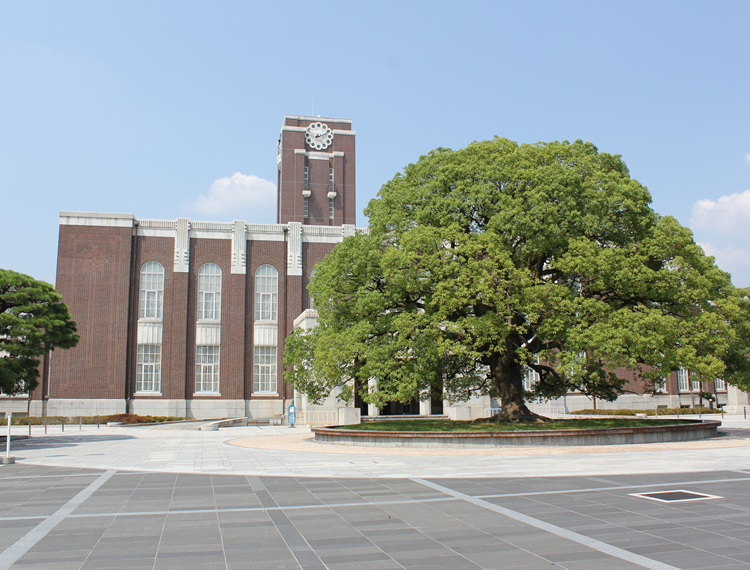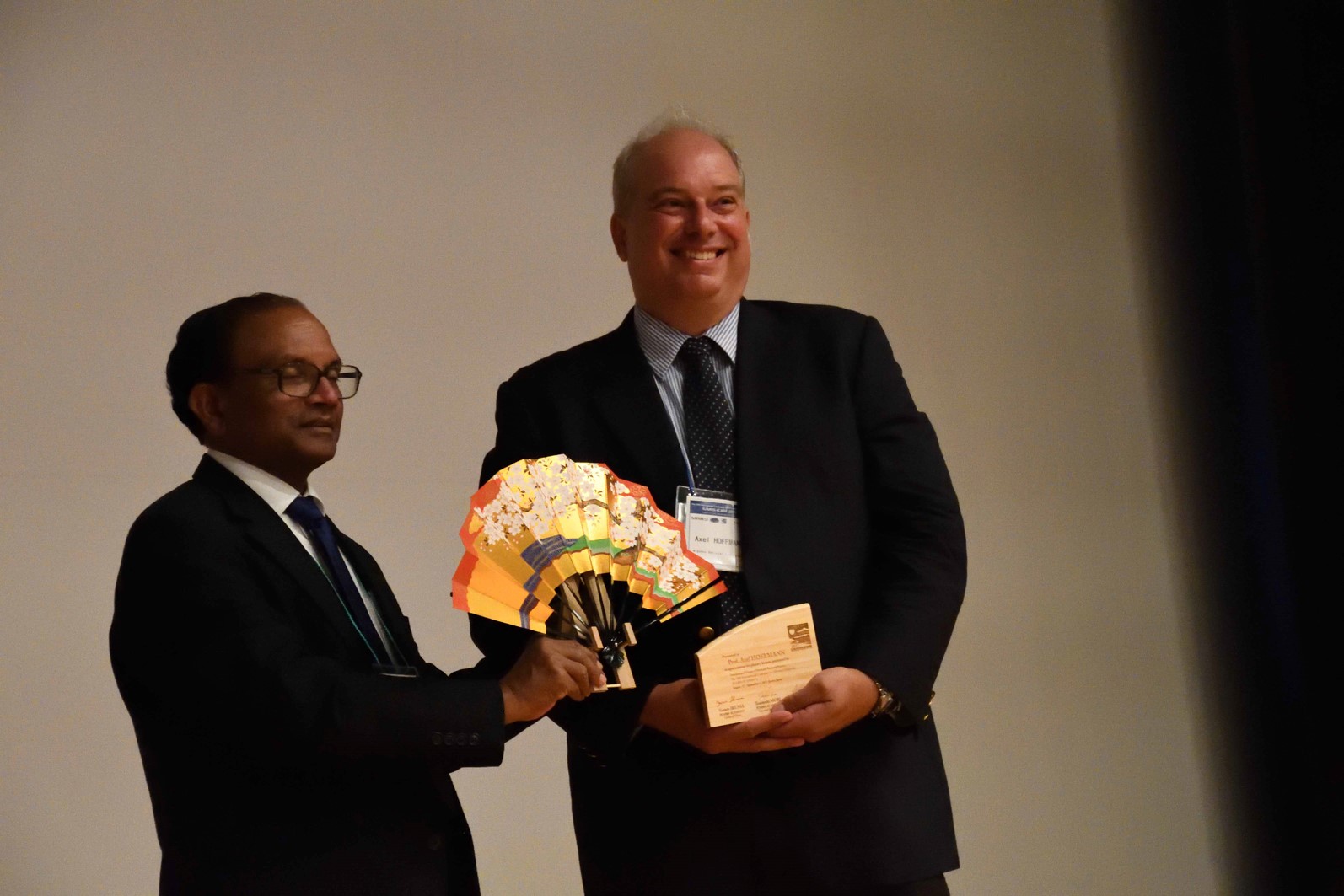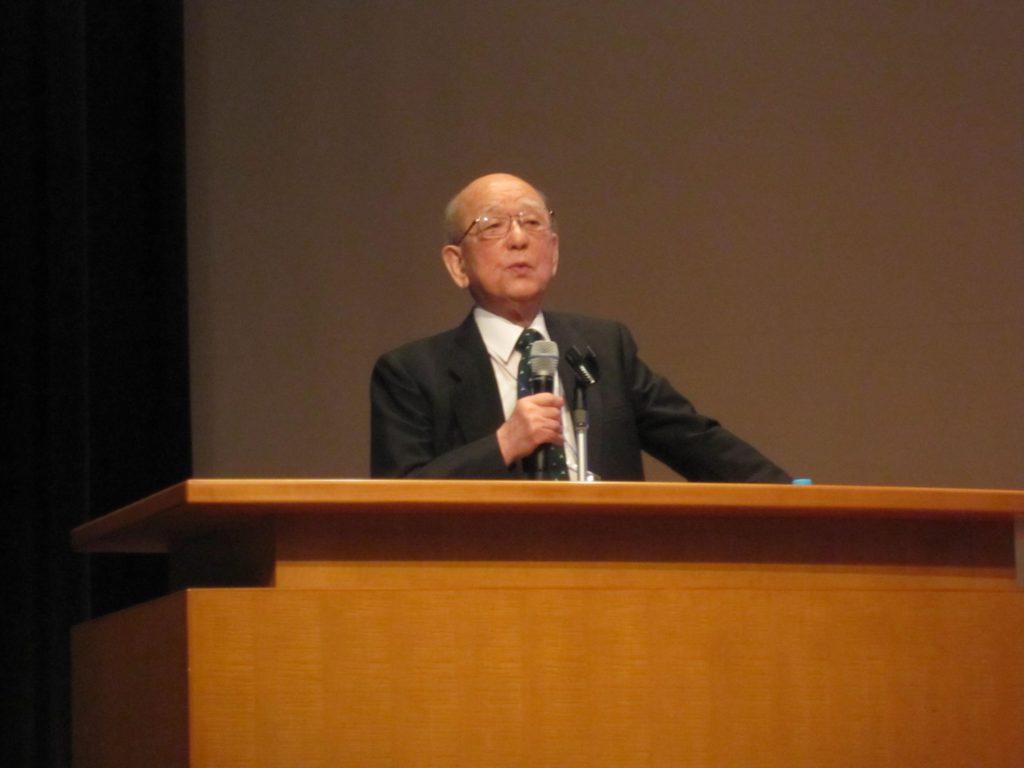Chairs: Petre BADICA and Tomoya HORIDE, 13.45-15.25
4 presentations:
1 keynote (A3-K30-018 – J H Durell) – 35 min
2 invited (A3-130-019 – X Yao; A3-130-020 J Gazquez) – 25 min
1 oral (A3-O30-021- S Horii) – 15 min
Presentations introduced by P. Badica
Keynote presentation: The challenge of high filed bulk superconductors, J. H. Durell discussed the problems associated with melt textured HTS bulk superconductors especially regarding poor mechanical strength of HTS. It was emphasized the necessity to improve the mechanical properties of the materials (e.g. by metal fibers additives such as Ta) or by innovative engineering solutions using compressing metal rings to help keeping the integrity of the magnetically loaded bulk. Questions were about different possibilities of clamping and about the limitations imposed by size.
Invited presentation 1: The artificial control of film microstructures in LPE-processes YBCO by tuning solute supersaturation state, X. Yao introduced different aspects of the crystal growth of REBa2Cu3O7 superconductors (especially by liquid phase epitaxy method). The possibilities to control growth and quality of materials were discussed (e.g. by using non-stroichiometric compositions, or the appropriate conditions of cooling based on thermodynamic aspects of the supersaturation). Questions were about film thickness and spiral growth mechanism.
Attendance: good – about 20 persons
Schedule: according to the program
Atmosphere: relaxed, friendly, collaborative



 Left: award presenter Professor Jim Williams
Left: award presenter Professor Jim Williams




